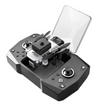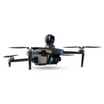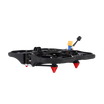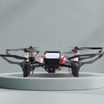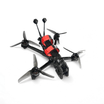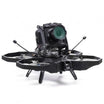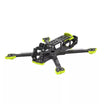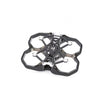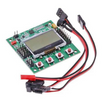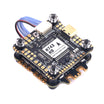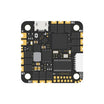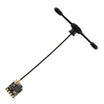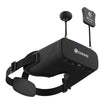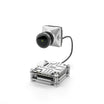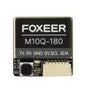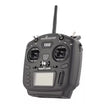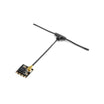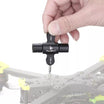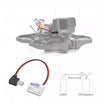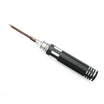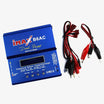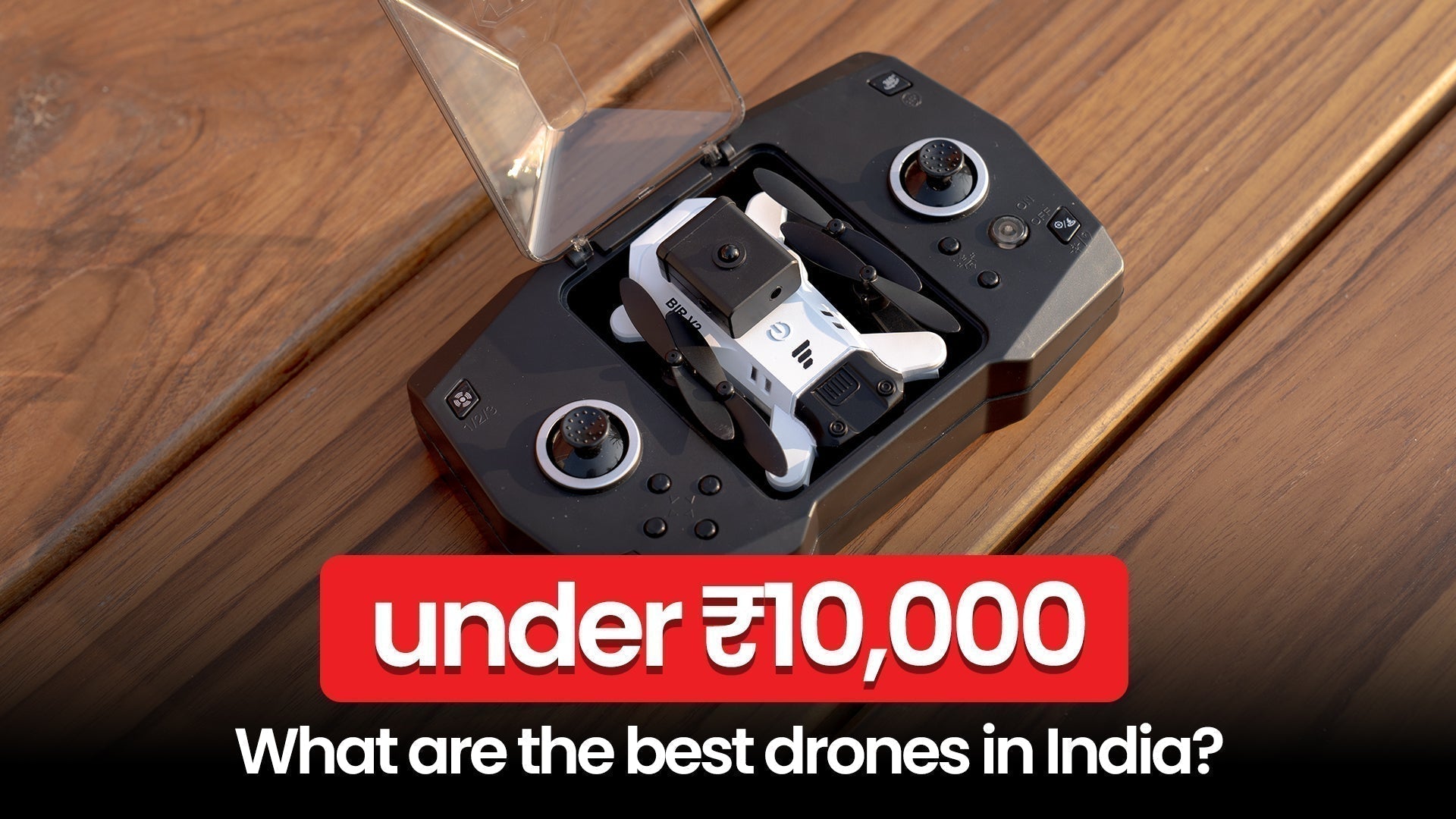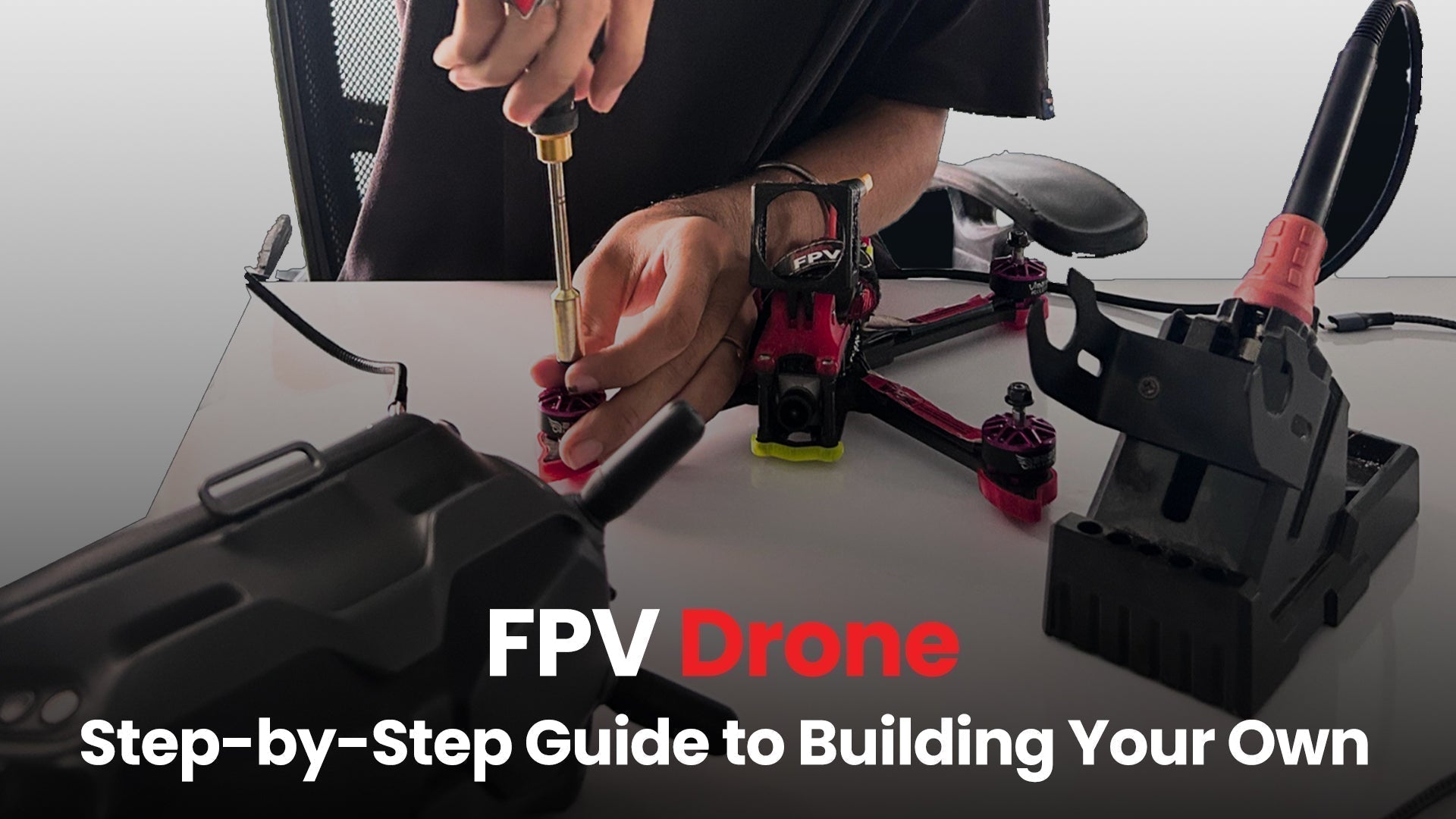As drone technology continues to gain popularity, many travelers are eager to capture stunning aerial footage of India's diverse landscapes. However, navigating drone regulations in India is crucial for a hassle-free experience.
This guide covers everything you need to know about traveling with drones in India, ensuring compliance with laws and safety protocols.
Understanding Drone Laws in India
The Drone Rules 2021, introduced by the Ministry of Civil Aviation, have streamlined drone operations while maintaining public safety. Whether you're a hobbyist or a commercial drone operator, understanding these rules is essential.
Key Highlights of Drone Rules 2021:
-
Simplified Registration and Licensing via the Digital Sky Platform
-
Drone Categorization by Weight: Nano, Micro, Small, Medium, and Large
-
Relaxed Operational Restrictions, including permitted Beyond Visual Line of Sight (BVLOS) operations for approved uses
-
Provisions for Drone Deliveries and various commercial applications
DGCA Drone Licensing Requirements:
For drones weighing more than 250 grams, obtaining a Remote Pilot Certificate (RPC) from the Directorate General of Civil Aviation (DGCA) is mandatory. The certification process involves:
-
Passing a written examination
-
Demonstrating practical flying skills at a DGCA-approved training center
Also read: Build an FPV drone: The only components guide you’ll need
Pre-Travel Preparations for Drone Travelers
Let us go through some of the pre-travel preparations that drone travelers must keep in mind:
Obtain Necessary Permits
If your purpose is commercial drone use such as aerial photography or real estate videography, you must secure the required permits in addition to the RPC.
Register Your Drone
All drones above the Nano category must be registered on the Digital Sky Platform and issued a Unique Identification Number (UIN).
Check Airline Policies on Drone Transport
Airlines have specific rules for transporting drones and lithium-ion batteries. Always verify these regulations before your trip.
Packing Your Drone for Safe Travel
Let us now go through the things that you should keep in mind for safe travel.
Essential Accessories to Carry
Pack extra batteries, propellers, chargers, remote controllers, and necessary cables. For professional shoots, include ND filters, gimbals, and backup storage devices.
Battery Safety and Handling
Transport lithium-ion batteries in your carry-on luggage, adhering to IATA guidelines. Use fireproof cases or LiPo bags for safe handling.
Recommended Carrying Cases
Invest in a durable, waterproof carrying case with custom foam inserts. This ensures protection and smooth passage through airport security.
Also read: Elevate Z1 drone: Built for defence, designed for detail
Navigating Airport Security with Drones
This is how you can clear airport security with UAVs.
Declare Your Drone
Always declare your drone to airline and security personnel for a smoother screening process.
Undergo X-ray Screening
Be prepared for your drone and accessories to go through X-ray scanners. Cooperate with security staff if additional inspection is required.
Follow Battery Guidelines
Adhere strictly to battery limits. Generally, two spare batteries over 100Wh are allowed, subject to airline-specific rules.
Flying Drones at Your Destination
Check No-Fly Zones and Restricted Airspaces
Use the Digital Sky app to check for no-fly zones in India, including airports, military bases, government areas, and wildlife sanctuaries.
Understand Local Regulations and Customs
Drone laws may vary by state or city. Always respect local rules and community norms.
Be Weather-Wise
Monitor the weather forecast before flying. Avoid flights in rain, high winds, or poor visibility.
Legal and Ethical Considerations for Drone Flying in India
Respect Privacy Laws
Do not capture footage of private properties or individuals without consent.
Comply with Commercial Use Laws
For commercial operations, ensure all necessary licenses and permits are in place.
Be Aware of Penalties
Violating drone regulations can lead to fines, confiscation, or even criminal charges.
Also read: How to pick the perfect FPV drone size
Handling Common Drone Travel Issues
Lost Drone Protocol
Report lost drones immediately to local authorities and follow DGCA procedures.
Fixing Technical Malfunctions
Carry spare parts and a repair kit. Be ready to fix common issues like GPS errors or battery problems.
Dealing with Local Authorities
Stay calm, provide the necessary documents, and explain your drone activities clearly.
Exploring India’s scenic beauty with a drone can be rewarding if done responsibly. By following the Drone Rules 2021, respecting local regulations, and adhering to airline guidelines, you’ll ensure a safe and legal drone travel experience in India.
Frequently Asked Questions
Do I need a drone license to fly in India as a tourist?
Yes. If your drone weighs over 250 grams, you need a Remote Pilot Certificate from the DGCA, even for recreational use.
Can I carry my drone on domestic flights in India?
Yes. Drones are typically allowed as carry-on baggage, provided you follow the airline's battery regulations and declare them at security.
Are there restricted areas for drone flying in India?
Yes. No-fly zones include areas like airports, military zones, government premises, and protected wildlife areas. Always check the Digital Sky app.
What are the permit requirements for commercial drone use in India?
You need a Remote Pilot Certificate, drone registration with UIN, and approval from the Digital Sky Platform for commercial operations.

